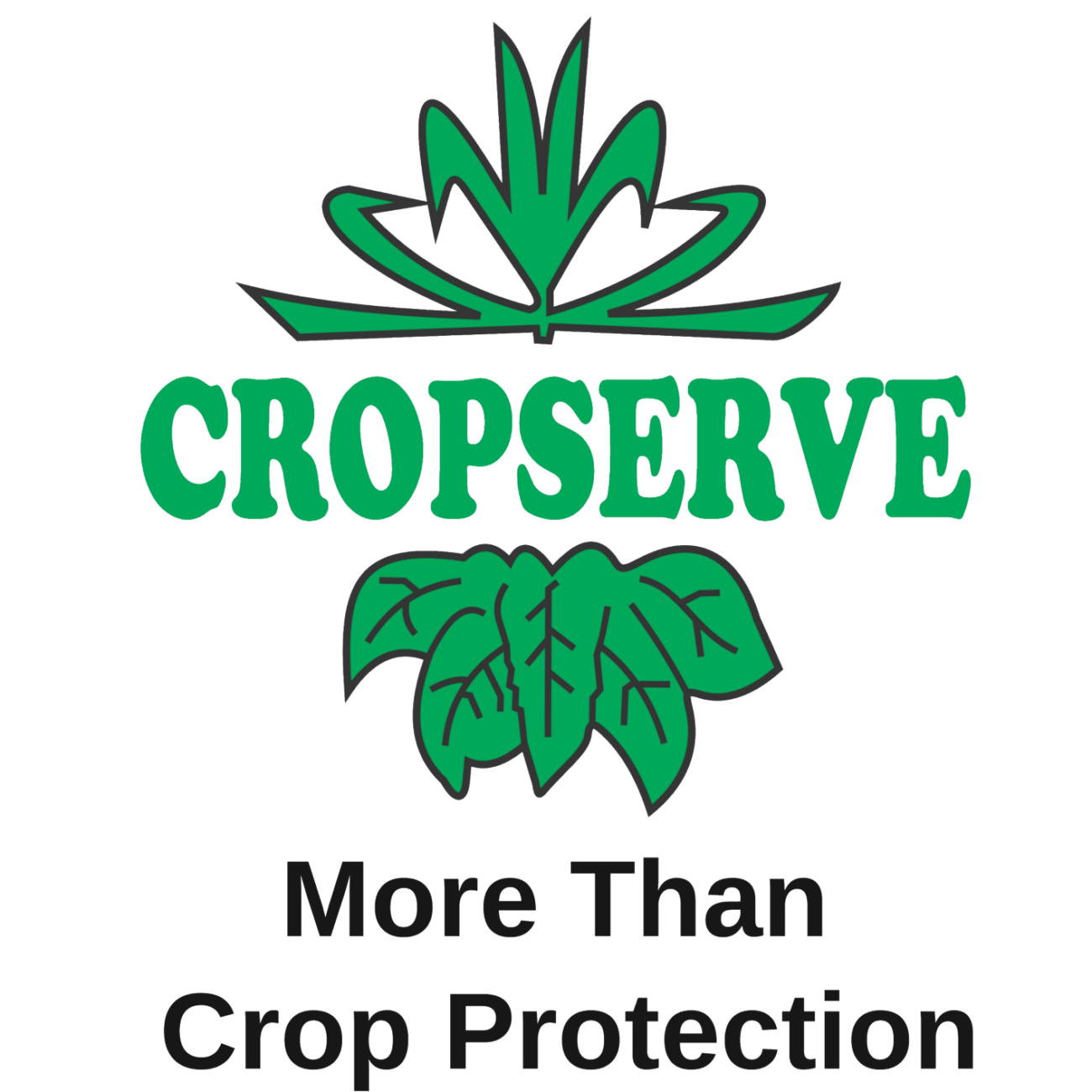Role in the plant: Boron has many functions within a plant: it affects flowering and fruiting, pollen germination, cell division, and active salt absorption. The metabolism of amino acids and proteins, carbohydrates, calcium, and water are strongly affected by boron. Many of those listed functions may be embodied by its function in moving the highly polar sugars through cell membranes by reducing their polarity and hence the energy needed to pass the sugar. If sugar cannot pass to the fastest growing parts rapidly enough, those parts die. Boron is also essential for the proper forming and strengthening of cell walls.
Deficiency symptoms: Deficiencies are most noticeable in vegetables, fruit and root crops. Deficiencies are typically seen on the young part of the plant forming stunted deformed leaf blades or other growth points such as roots and shoots.
Toxicity symptoms: According to Yara International Boron toxicity may appear similar to symptoms of foliar disease and will show up as necrotic patches of dead and dying patches between the veins.
Soils that have calcium most prevalent: Dry climates originating from seabed deposits.
Management remarks: Boron is easily leached from the soil. With a known deficiency, soil applications should be made prior to a flush of growth. Foliar applications should be made if leaf test analysis (ITEST leaf) indicates a deficiency or just before flower development.

